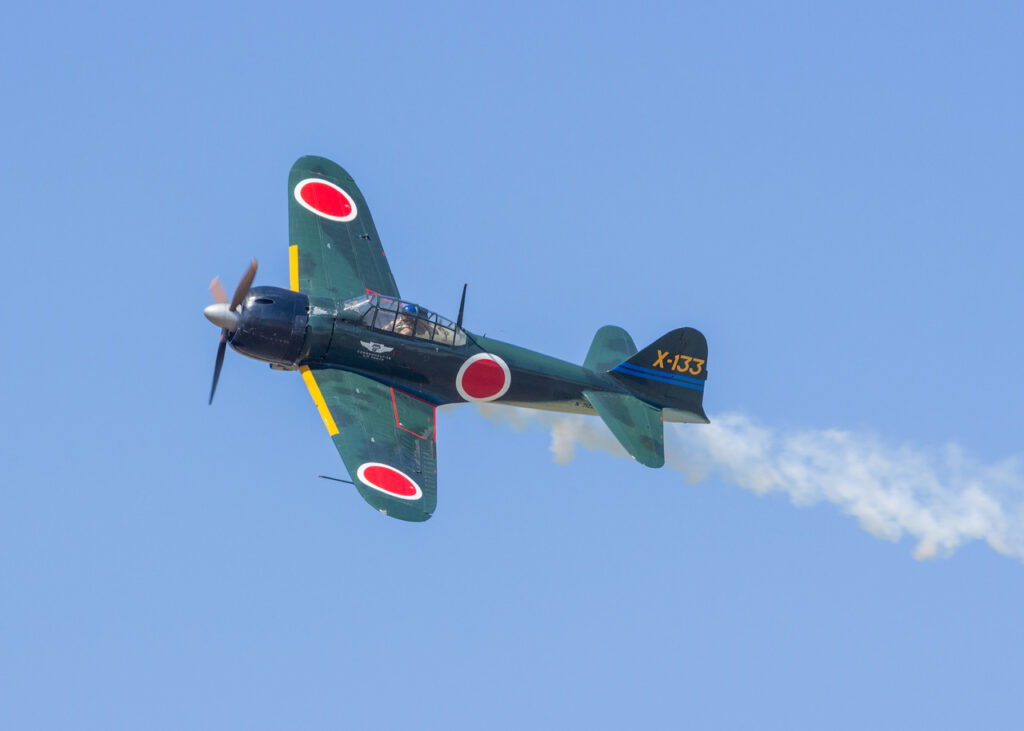
This One New Piece of Technology Might Make Submarines Completely Obsolete
Time will tell which, if any, of these technologies can be developed into practical operational systems. However, it’s clear that scientists in China and Australia are betting that developments in the field of quantum physics will play their part in changing the rules of undersea warfare in the twenty-first century.
According to some evaluations, today’s cutting-edge submarines like the Virginia- and Sea Wolf-class attack submarines have been evaluated to run only five decibels louder than average oceanic background noises. Even less-expensive Swedish air-independent propulsion submarines have successfully passed undetected to sink U.S. carriers during exercises.
(This first appeared last month.)
Yet some naval analysts are decidedly bearish on the prospects of submarine stealth in the twenty-first century, looking ahead to highly sensitive low-frequency sonars, advanced satellite-based optical sensors that may bypass acoustic-stealth entirely, and powerful computer processors that can churn through vast quantities of data to discriminate faint contacts from background noise. China is even developing a satellite-based laser surveillance system aimed at detecting vessels submerged as deep as five hundred meters.
Recently, the field of quantum mechanics has increasingly shown its potential to disrupt established paradigms in multiple domains of warfare—particularly due to the concept of quantum entanglement, the uncanny phenomenon by which bonded particles continue to uncannily reflect each other’s behavior even across long distances.
Though still facing by range coherence limitations, quantum sensors and communicators could potentially bypass many of the limitations and vulnerabilities of traditional radio-frequency sensors, remaining effective despite jamming or stealthy-aircraft profiles. As detailed in this article, China appears to have taken an early lead in ‘quantum radar’, though how soon the technology can be developed into an operationally viable system remains to be seen.
Today, acoustic detection remains the primary methods to detect and track submarines. Besides active and passive sonars mounted on ships and submarines, they are also fixed in underwater surveillance systems, dropped in buoys by maritime patrol planes like the P-8 Poseidon or Japanese P-1, and hoisted down into the water by anti-submarine helicopters like the MH-60R Seahawk.
However, anti-submarine warriors can draw upon an array of supporting technologies beyond sonar that have historically played a major role.
During World War II, aircraft-borne surface-search radars led to the doom of many German U-Boats, allowing patrol planes to detect and swoop down upon diesel-powered submarines while they were surfaced at night to recharge their batteries. Though snorkels gave submarines a way to sip air without detection, they too are susceptible to detection by modern synthetic-aperture radars. However, though many diesel-electric submarines remain in service, a large share of modern submarines use air-independent propulsion or nuclear-power allowing them to cruise weeks or months respectively before surfacing.
Sub-hunter can also employ “sniffers” that can ‘smell’ the chemicals in the submarine’s diesel exhaust
The SQUID Magnetometer
Another famous submarine-hunting ploy is to use Magnetic Anomaly Detectors triggered by the submarine’s metallic hull. The threat posed by MADs has led navies to de-gauss submarine hulls to minimize magnetic profiles. Germany has specially developed Type 212 and 214 submarines with non-metallic hulls.
However, MADs have very short range, and the P-8 and MH-60R omit a MAD entirely.
Enter, therefore, the SQUID, or Superconducting Quantum Interference Device. Though it might sound like Star Trek technobabble, SQUIDs leverages quantum technology to offer an ultra-sensitive magnetometer. Too sensitive, in fact, as SQUIDs have picked up background noise from stuff as distant as solar flares.
But on June 21, 2017, a Chinese periodical announced that Professor XIamong Xie of the Shanghai Institute of Microsystems and Information Technology had developed cryogenic liquid-nitrogen-cooled SQUID which reduced the noise-problem—and in field-tests, had proven capable of detecting ferrous objects deep underground even when mounted on a helicopter.
After a South China Morning Post article speculated on whether it amounted “to the world’s most powerful submarine detector?” the original article was taken down.
Dave Hambling noted in the New Scientist that Xiamong’s new sensor used an array of SQUIDs to help cancel out background noise.
“Researchers estimate that a SQUID magnetometer of this type could detect a sub from 6 kilometres away, and [Imperial College researcher David] Caplin says that with better noise suppression the range could be much greater.”
A typical MAD, by contrast, is only effective to a few hundred meters, meaning the new SQUID could potentially cover thousands of times more square meters.
In April 14 2019, an article by Defense Procurement International revealed Australia too was researching quantum magnetometer technology for submarine detection—this time apparently intended for a fixed submarine surveillance system.
Professor Andre Luiten of the Institute for Photonics and Advanced Sensing is quoted thusly: “These magnetometers can detect very small magnetic fields. The goal of this project is to build sensors that go on the seabed which detect the presence of submarines through their properties. You’d essentially set up a trip wire around assets that are of importance to Australia.”
Quantum Compass?
Quantum technology could also serve as an advanced navigational sensor—one that could circumvent submarine dependence on orbiting satellites to stay on course
The Jamestown Foundation’s Elsa Kania and Stephen Armitage note that:
“[Q]uantum navigation could allow for a “new generation of inertial navigation,” enabling high-precision navigation without GPS . . . This so-called “quantum compass” would be particularly useful for submarines and other maritime platforms for which it could enable the pinpointing of their position with high levels of accuracy. Quantum navigation could thus potentially liberate Chinese operational platforms from dependence on space-based positioning systems, which can be easily jammed.”
Kania also notes that Quantum navigation also has implicit offensive potential: these technologies might also be applied to improve missile guidance and enhance precision strike capabilities.
However, satellites, too, could use quantum sensors to influence submarine warfare. Satellites using quantum gravimeters, which could improve the sensitivity of sensors designed to detect and measure gravity fields, could potentially detect submarines, or more likely, map out seafloors with new levels of precision.
China has also famously made breakthroughs in using quantum entanglement for encrypted communications by teleporting molecules over long distances. This could conceivably have application to communications with submerged submarines, a technically challenging task—with implications particularly for transmission of orders from a national command authority to launch nuclear weapons.
Time will tell which, if any, of these technologies can be developed into practical operational systems. However, it’s clear that scientists in China and Australia are betting that developments in the field of quantum physics will play their part in changing the rules of undersea warfare in the twenty-first century.
Sébastien Roblin holds a master’s degree in conflict resolution from Georgetown University and served as a university instructor for the Peace Corps in China. He has also worked in education, editing, and refugee resettlement in France and the United States. He currently writes on security and military history for War Is Boring.


